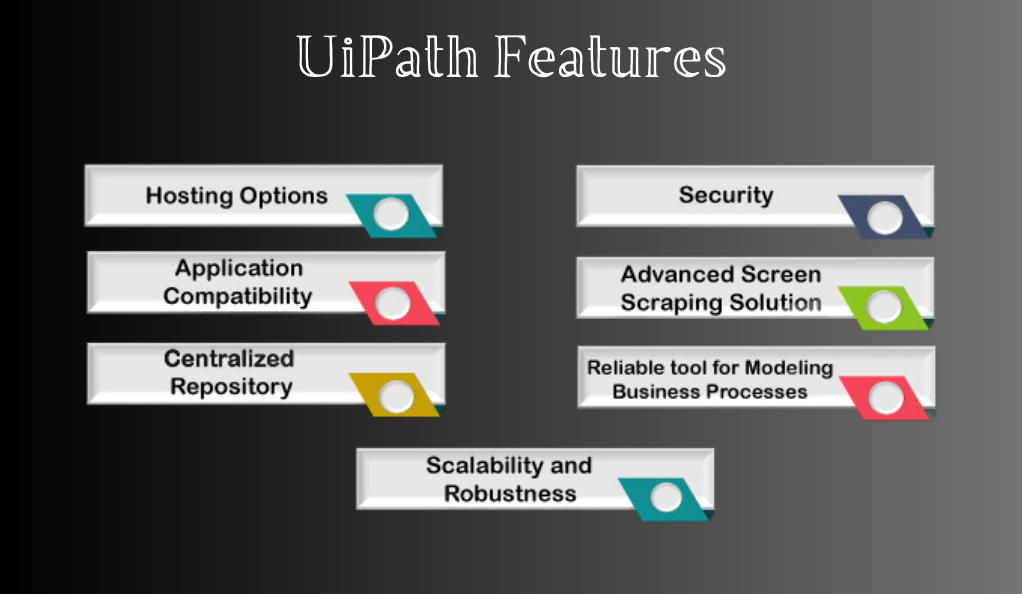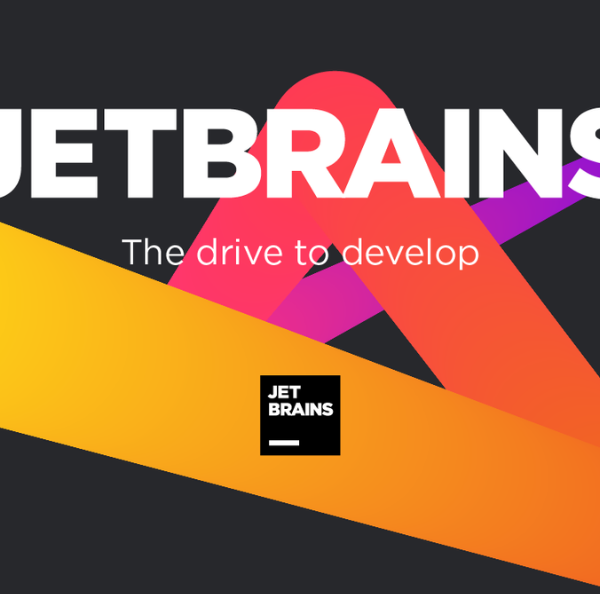Robotic Process Automation (RPA): UiPath’s Journey in Streamlining Business Operations
Dive into the world of emerging technologies with BStash.io. From artificial intelligence and quantum computing to virtual reality and beyond, we cover the innovations that are shaping the future. Stay informed about the latest breakthroughs, research, and trends that are pushing the boundaries of technology. Join us as we explore the possibilities and implications of the technologies that are redefining our world.
Introduction to Robotic Process Automation (RPA)
Robotic Process Automation, or RPA, is not just a buzzword in the tech industry; it’s a revolution in business process management. RPA is all about automating routine and mundane tasks that take up a significant portion of a worker’s time. By using software robots, businesses can ensure that these tasks are done faster and with fewer errors.
The beauty of RPA lies in its simplicity. Unlike other automation solutions that require extensive coding and IT expertise, RPA tools are designed for business users. This means that even those without a technical background can design and deploy bots to carry out tasks. The end result? Increased productivity, reduced costs, and happier employees.
UiPath: A Pioneer in RPA
When talking about RPA, it’s impossible not to mention UiPath. Founded in 2005, this company has been at the forefront of the RPA revolution. What started as a small startup has now become a global enterprise, helping businesses of all sizes realize the benefits of automation.
UiPath’s success can be attributed to its commitment to innovation and user experience. Their platform is intuitive, allowing users to design bots with a simple drag-and-drop interface. Moreover, UiPath has been proactive in partnering with other tech giants, ensuring that their platform integrates seamlessly with other business tools.
How UiPath Transforms Business Operations
The impact of UiPath on business operations is profound. By offering a platform that integrates with existing systems, businesses can start automating processes without any major IT overhaul. This means faster implementation and quicker returns on investment.

For instance, a company might use UiPath to automate its invoice processing system. Instead of employees manually entering data, software bots can extract information from invoices and input it into the system. This not only speeds up the process but also reduces the chances of human error. Over time, such automation can lead to significant cost savings and operational efficiency.
Key Features of UiPath
UiPath is not just another RPA tool; it’s a comprehensive automation platform. Some of its standout features include a drag-and-drop functionality that makes bot design a breeze. This user-friendly approach ensures that even non-tech-savvy individuals can leverage the power of automation.

Additionally, UiPath offers advanced analytics and reporting. This means businesses can track the performance of their bots, identify bottlenecks, and make informed decisions. The platform’s scalability is another major plus, ensuring that as a business grows, its automation solutions can grow with it.
Case Studies: UiPath in Action
The real testament to UiPath’s capabilities lies in its real-world applications. Numerous global companies, from various sectors, have turned to UiPath to transform their operations. A leading bank, for instance, used UiPath to revamp its customer onboarding process. The result was a 50% reduction in processing time and an 80% decrease in errors.
Another example is a healthcare provider that used UiPath to automate patient data entry. This led to faster patient processing times, reduced administrative costs, and improved patient satisfaction. These case studies highlight the versatility and effectiveness of UiPath in diverse settings.
The Future of RPA and UiPath
The RPA industry is still in its nascent stages, and the potential for growth is immense. As businesses continue to recognize the benefits of automation, the demand for tools like UiPath will surge. Moreover, with advancements in AI and machine learning, the capabilities of RPA tools will expand, paving the way for more complex and nuanced automations.
UiPath, with its strong foundation and commitment to innovation, is well poised to lead this charge. The company is already investing in integrating AI capabilities into its platform, ensuring that its users always have access to cutting-edge automation solutions.
Challenges and Considerations
While the benefits of RPA are undeniable, it’s essential to approach it with a balanced perspective. Implementing RPA solutions requires careful planning and consideration. One of the primary challenges is data security. With bots accessing and processing sensitive information, businesses must ensure robust security protocols.
Another challenge is the management of software robots. Just like any other tool, bots require maintenance and updates. This means businesses need to invest in training and upskilling their workforce. Moreover, while RPA can lead to cost savings, the initial investment can be significant, especially for small businesses.
UiPath Community and Ecosystem
One of UiPath’s strengths is its vibrant community. This ecosystem comprises developers, partners, customers, and RPA enthusiasts. By fostering such a community-driven approach, UiPath ensures that feedback from real users drives its platform’s evolution.
This community is not just about feedback, though. It’s a space for collaboration, learning, and innovation. UiPath regularly hosts events, webinars, and forums where members can share their experiences, learn from experts, and even showcase their automation solutions.
Conclusion
The journey of UiPath in the RPA landscape is nothing short of inspiring. From its humble beginnings to its current status as an industry leader, UiPath has consistently demonstrated the transformative power of automation. As the digital age progresses, tools like UiPath will undoubtedly play a pivotal role in shaping the future of work, making businesses more efficient, agile, and competitive.
FAQs
The main goal of RPA is to automate repetitive tasks, increase efficiency, reduce errors, and allow human workers to focus on more strategic activities.
UiPath stands out due to its user-friendly interface, powerful automation capabilities, and a strong community-driven approach.
Yes, UiPath seamlessly integrates with AI and machine learning tools, enhancing its automation capabilities.
Potential challenges include ensuring data security, managing software robots, and the need for continuous training and updates.
UiPath has set industry standards with its innovative features and has played a significant role in popularizing RPA among businesses of all sizes.
At bstash.io, our mission is to offer impartial and dependable information on cryptocurrency, finance, trading, and stocks. Nevertheless, we are unable to offer financial guidance and encourage users to conduct their own research and thorough investigations.
Read MoreDive deep into the world of RPA with a spotlight on UiPath, a global leader in automation. From its inception to its impact on businesses worldwide, learn how UiPath is redefining the future of work.






